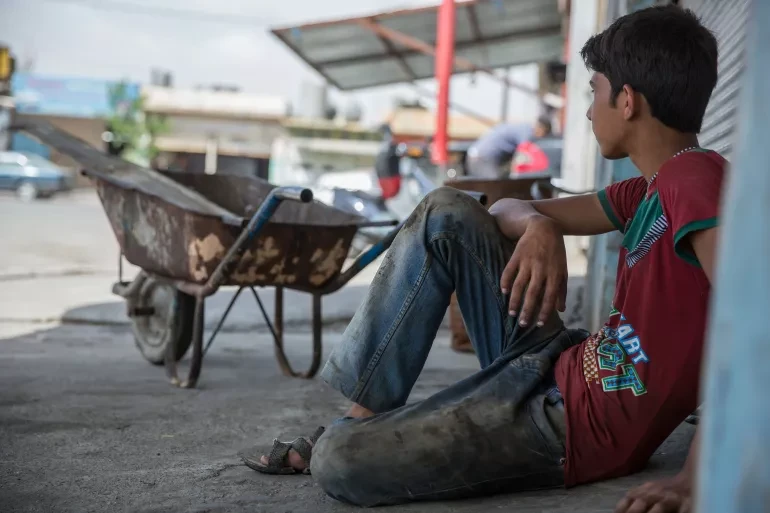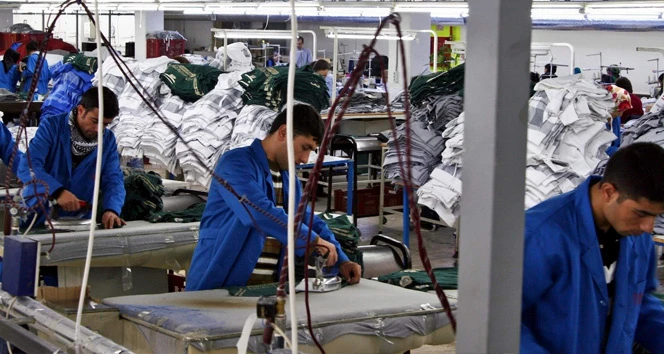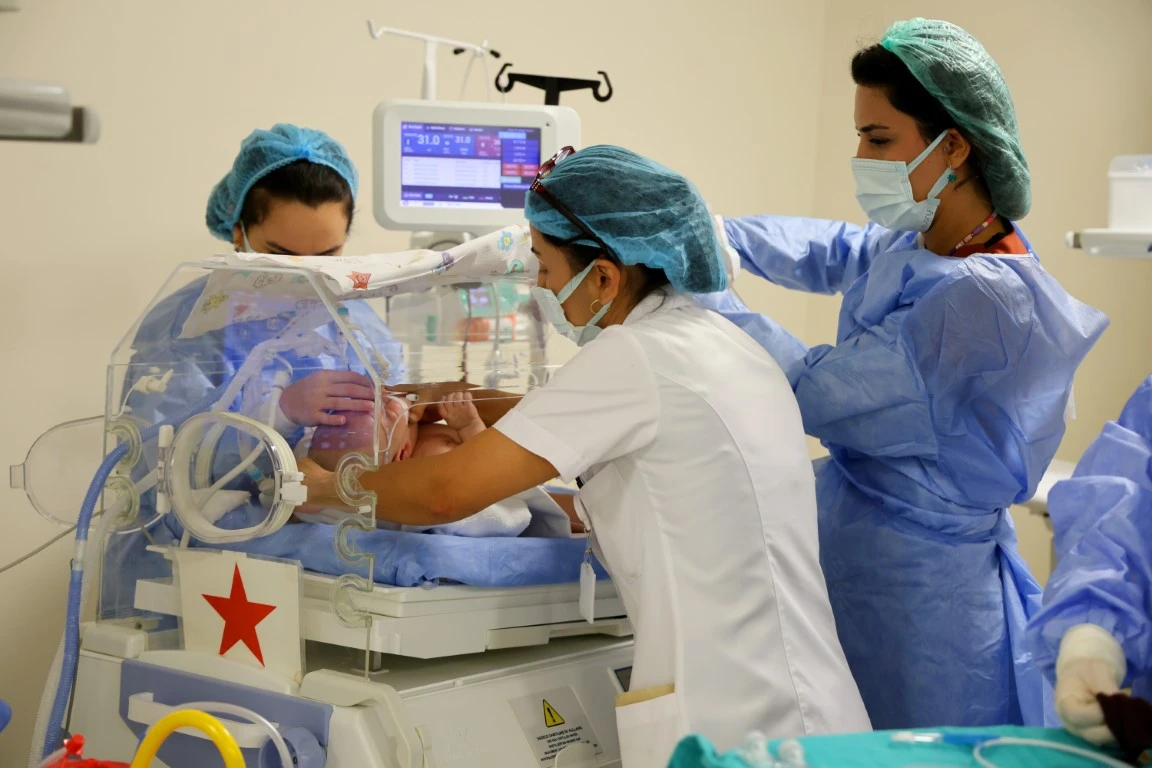Nearly 1 in 4 Turkish teens aged 15–17 have to work for a living: TurkStat
 A Turkish teenage boy rests beside a wheelbarrow in Türkiye, accessed on April 19, 2025. (Photo via unicef.org)
A Turkish teenage boy rests beside a wheelbarrow in Türkiye, accessed on April 19, 2025. (Photo via unicef.org)
Approximately 25% of Turkish teens aged 15 to 17 were engaged in employment in 2024 in order to support their living needs, according to the Turkish Statistical Institute’s “Children in Statistics 2024” report.
The figures reflect the impact of worsening economic conditions and the rising cost of living, as the report also provides insights into the broader living conditions of younger children across the country.
The monthly hunger threshold in Türkiye rose to ₺23,615 ($621.11), exceeding the minimum wage of ₺22,104, while the poverty line—covering essential expenses such as housing, transportation, and healthcare—climbed to ₺76,922, per to the latest report by the Confederation of Turkish Trade Unions (Turk-Is).

Most households with children aged 15 or under said they could afford basic needs such as new clothing. However, 9.2% reported that they could not provide new clothes due to financial hardship, highlighting persistent income inequality. A similar divide emerged in nutrition, as although the majority of children had daily access to fresh fruits and vegetables, 10% were unable to do so due to economic constraints.
The labor force participation rate was 35.6% for boys and 13.7% for girls in this age group, the report indicated.
School enrollment high in Türkiye, but inequalities remain
During the 2023/24 school year, Türkiye had over 18.7 million students enrolled in formal education, with boys accounting for 51.3% and girls for 48.7%. The net enrollment rate for primary school reached 95%, while preschool enrollment for five-year-olds saw a slight decline, falling to 84.3%.
At the middle school level, enrollment stood at 91.5%, and at the high school level, it was 88%. Completion rates for primary and middle school remained relatively stable, while high school completion showed notable progress, rising from 68.1% in the 2018/19 academic year to 81.2% in 2023/24. The latest data indicate that 83% of girls and 79.4% of boys successfully completed high school, reflecting a narrowing gender gap in education outcomes.

In parallel with these developments, the rate of officially registered marriages involving girls aged 16 to 17 decreased significantly, from 7.3% in 2002 to 1.6% in 2024. Among boys in the same age group, the decline was from 0.5% to 0.1%, suggesting a broader societal shift away from early marriage.
The increasing use of technology among children was also evident. Internet usage among those aged 6 to 15 rose to 91.3% in 2024, up from 82.7% in 2021, reflecting greater access to digital tools and connectivity.
In terms of child protection and care services, official figures show that 15,135 children were under institutional care across Türkiye in 2024. At the same time, 8,719 registered foster families were caring for 10,430 children, while 589 children were adopted during the year, highlighting the state’s ongoing efforts to provide alternative family-based care solutions.

Vaccination rates dip slightly amid rising hesitancy
While the rate of hospital births increased to 97.5% in 2023, childhood vaccination coverage experienced a slight decline. The rate for the five-in-one vaccine dropped from 99.5% in 2022 to 98.8% in 2023, attributed to rising vaccine hesitancy, which presents a growing concern for public health.
In the same year, external causes such as injury and poisoning were the leading causes of death among children aged 1 to 17. Additional causes included diseases affecting the nervous system, tumors, and circulatory disorders.
Infant mortality declined from 13.9 per 1,000 live births in 2009 to 10 in 2023. Similarly, the under-five mortality rate decreased from 17.7 to 14.5 per 1,000 live births during the same period, indicating gradual progress in child health outcomes.

Life expectancy at birth in Türkiye was recorded at 77.3 years, with an average of 74.7 years for boys and 80 years for girls. A 15-year-old child is expected to live an additional 63.5 years, with girls having a life expectancy more than five years longer than boys on average.
1 in 4 residents in Türkiye is a minor
At the end of 2024, children made up 25.5% of Türkiye’s population, totaling over 21.8 million out of 85.6 million people. Boys accounted for 51.3% of the child population, while girls made up 48.7%.
The share of children in the total population has steadily declined over the decades—from 48.5% in 1970 to 25.5% in 2024. Projections suggest it will drop to 22.1% in 2030 and 14.5% by 2100.
By comparison, the average child population rate in E.U. countries in 2024 was 17.8%. Türkiye’s rate remains significantly higher than those in countries such as Italy (15.1%) and Portugal (15.7%), but similar to rates in Ireland and France.
In 2024, 42.8% of Turkish households had at least one child under the age of 18. Most families had one or two children, while only a small portion had four or more.



